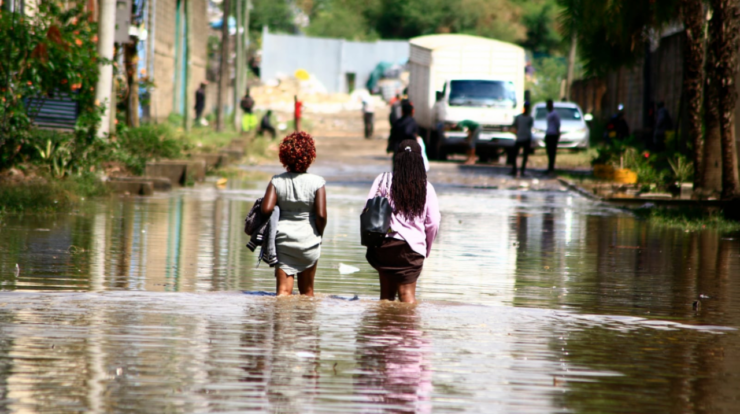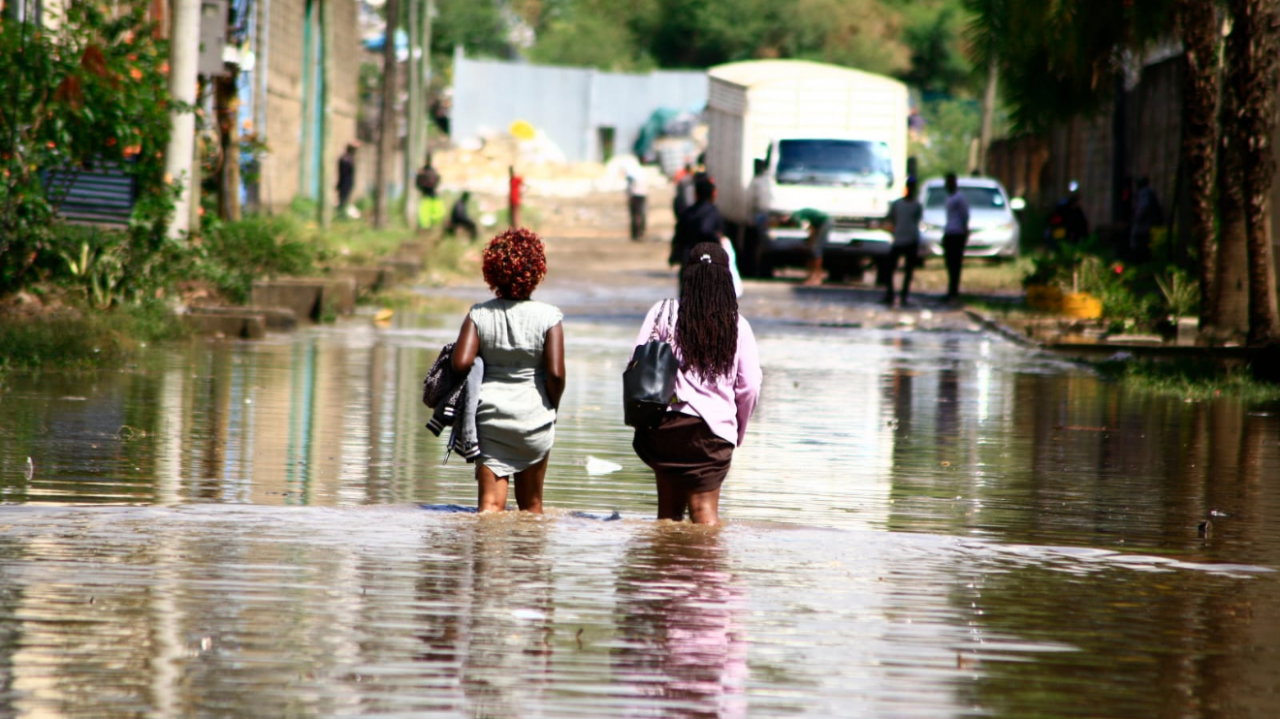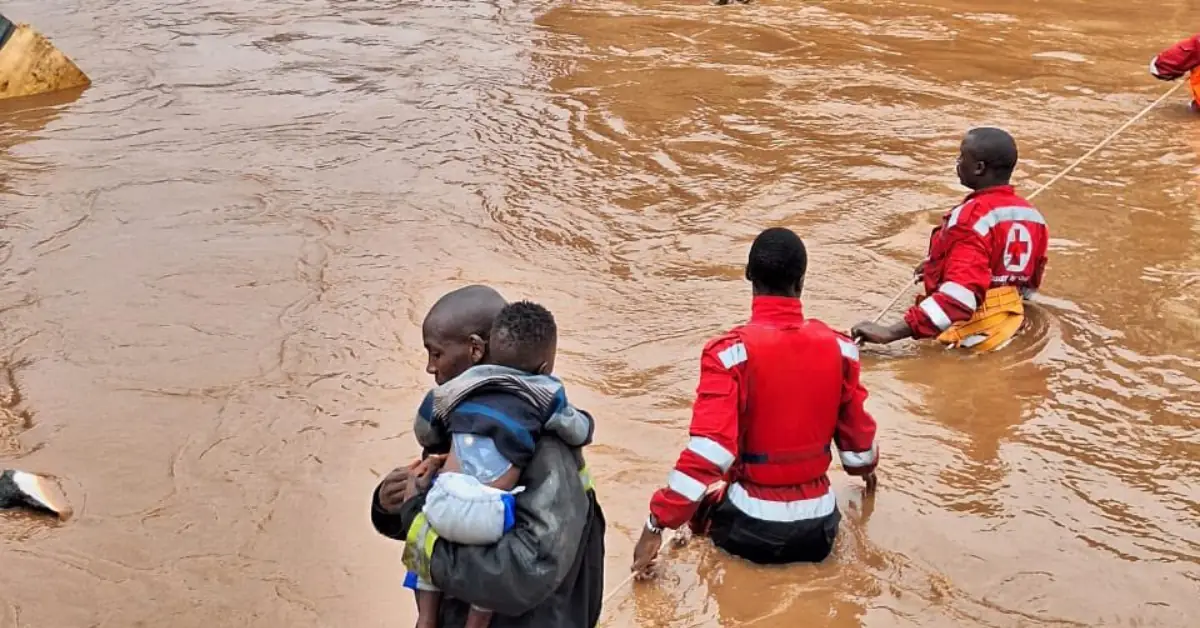
Kenya nairobi flooding – Kenya’s capital city, Nairobi, has been ravaged by unprecedented floods, leaving a trail of destruction and displacing thousands. The relentless downpours have wreaked havoc on infrastructure, crippled businesses, and posed severe health and safety risks to residents. As the waters recede, the city faces the daunting task of recovery and rebuilding, while grappling with the long-term consequences of this devastating event.
The impact of the floods has been widespread and severe. Roads and bridges have been washed away, isolating communities and disrupting transportation. Buildings have collapsed, leaving many homeless and vulnerable. The economic toll has been substantial, with businesses forced to close and supply chains disrupted.
The floods have also contaminated water sources, increasing the risk of waterborne diseases and posing significant health challenges.
Impact on Infrastructure
Flooding in Nairobi has caused significant damage to infrastructure, disrupting transportation, communication, and daily life. Roads and bridges have been washed away, leaving many areas inaccessible. Buildings have collapsed or been severely damaged, displacing residents and businesses. The damage to infrastructure has hindered emergency response efforts and hampered economic activity.
Economic Consequences
The flooding has had a devastating impact on Nairobi’s economy. Businesses have been forced to close, leading to job losses and reduced income. Industries have been disrupted, affecting supply chains and exports. Tourism, a major revenue generator for the city, has been severely affected due to travel disruptions and damaged infrastructure.
The overall economic losses from the flooding are estimated to be in the millions of dollars.
Health and Safety Risks
Flooding poses significant health and safety risks to residents. Waterborne diseases, such as cholera and typhoid, are a major concern. Contaminated water and unsanitary conditions can lead to infections and other health problems. Drowning is another major risk, especially for children and the elderly.
The lack of access to clean water and sanitation during and after floods exacerbates these health risks.
Displacement and Shelter: Kenya Nairobi Flooding
The flooding has displaced thousands of people from their homes. Many have lost everything they own and are in urgent need of shelter. Temporary shelters have been set up, but they are often overcrowded and lack basic amenities. The long-term consequences of displacement include social and economic disruption, as well as psychological trauma.
Environmental Impact
The flooding has caused significant damage to Nairobi’s environment. Ecosystems have been disrupted, wildlife has been displaced, and water quality has been compromised. The flooding has also led to soil erosion and sedimentation, which can have long-term effects on the environment.
Government Response and Mitigation Strategies

The Kenyan government has responded to the flooding with emergency measures, including search and rescue operations, providing food and shelter to displaced people, and restoring infrastructure. However, the government’s response has been criticized for being slow and inadequate. There is a need for more comprehensive and long-term flood mitigation strategies to prevent future disasters.
Community Resilience and Adaptation
Communities in Nairobi have shown remarkable resilience in the face of the flooding. Local organizations and volunteers have mobilized to provide assistance to flood victims. Traditional coping mechanisms, such as community-led evacuation and shelter, have also played a role in mitigating the impact of the disaster.
Media Coverage and Public Awareness
The media has played a crucial role in raising awareness about the flooding and its impact. However, there have been concerns about the accuracy and sensationalism of some media coverage. Ethical considerations and the need for responsible reporting are important in ensuring that the public is well-informed and that support for flood victims is mobilized effectively.
International Aid and Collaboration
The international community has responded to the flooding in Nairobi with aid and support. Countries and organizations have provided financial assistance, emergency supplies, and technical expertise. Coordination and collaboration between international organizations and local authorities are crucial for effective aid delivery and long-term recovery.
Climate Change and Flooding

There is growing concern that climate change may be contributing to the increased frequency and severity of flooding in Nairobi. Rising sea levels, changes in rainfall patterns, and extreme weather events are all potential factors. Understanding the link between climate change and flooding is essential for developing effective flood preparedness and mitigation strategies.
Final Wrap-Up
The Nairobi floods have highlighted the urgent need for improved flood preparedness and management strategies. The government and local communities must work together to strengthen infrastructure, implement early warning systems, and promote community resilience. Climate change is expected to increase the frequency and severity of flooding events, making it imperative to invest in long-term solutions that safeguard the city and its residents from future disasters.
FAQ Explained
What caused the flooding in Nairobi?
The flooding was caused by heavy rainfall associated with a tropical depression in the Indian Ocean. The city’s drainage system was overwhelmed, leading to widespread flooding.
How many people have been affected by the floods?
Tens of thousands of people have been affected by the floods, with thousands displaced from their homes.
What is the government doing to help flood victims?
The government has deployed emergency response teams, provided food and shelter to displaced families, and is working to restore essential services.
What can be done to prevent future flooding in Nairobi?
Long-term solutions include improving the city’s drainage system, implementing early warning systems, and promoting community resilience. Addressing climate change is also crucial to mitigate the risk of future flooding events.